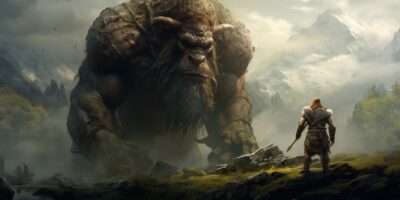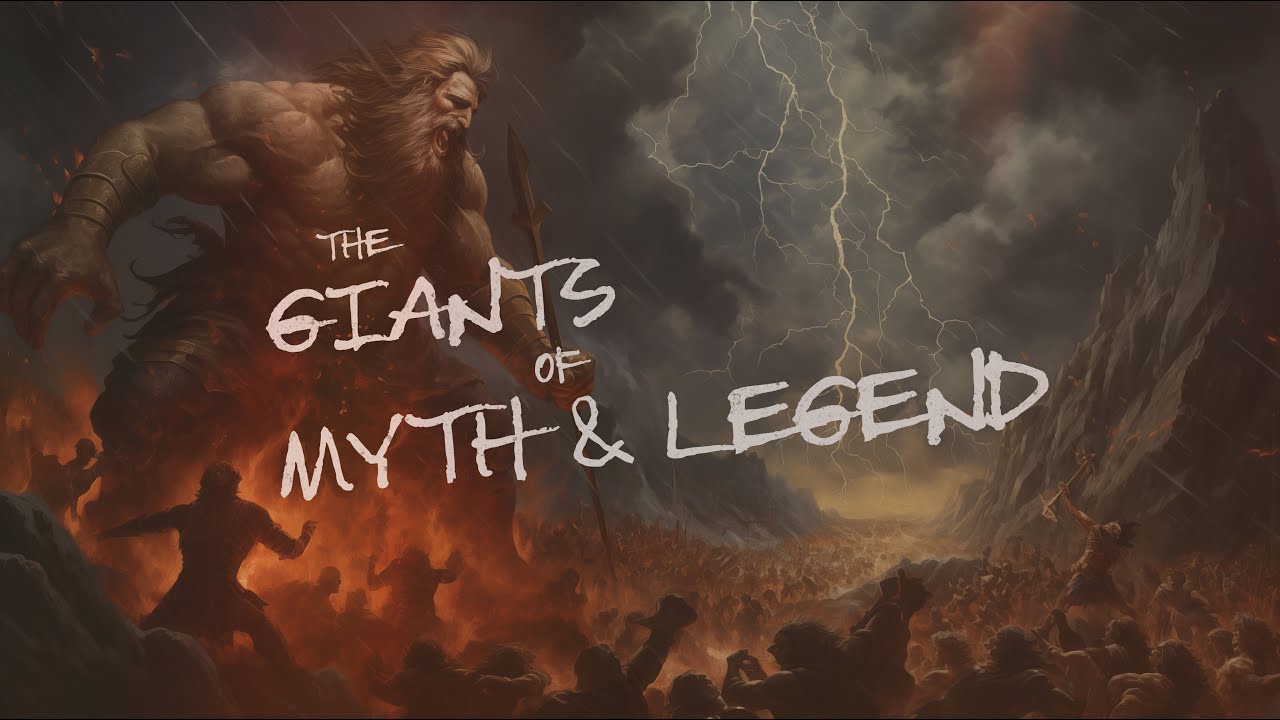Throughout history, the idea of gigantic beings has fascinated humanity. Among these, the term "Huge Titan" conjures images of enormous, powerful figu
Throughout history, the idea of gigantic beings has fascinated humanity. Among these, the term “Huge Titan” conjures images of enormous, powerful figures dominating myths, legends, and even scientific discussions. From ancient Greek mythology to modern pop culture, Titans represent strength, size, and influence far beyond ordinary beings. This article explores the concept of Huge Titans, their origins, their presence in various cultures, and their relevance today.
Must visit: experttrading

What Are Titans?
The word “Titan” originally comes from Greek mythology, where Titans were a race of powerful deities who ruled during the legendary Golden Age. These colossal beings were said to be the children of Uranus (the sky) and Gaia (the earth), embodying immense strength and power. Their size and might were unmatched, and they played critical roles in the myths of creation, war, and transformation.
The Titans were eventually overthrown by the Olympian gods in a cataclysmic battle known as the Titanomachy. Despite their defeat, Titans have remained symbols of enormous power, endurance, and sometimes rebellion against established order.
The Symbolism of Huge Titans
Titans represent more than just physical size. In mythology and storytelling, their enormity symbolizes:
- Strength and Power: Titans embody raw, untamed strength, often representing forces of nature or primordial energy.
- Rebellion: Their battle against the Olympians mirrors the struggle against authority and change.
- Creation and Destruction: Titans are linked with both creation myths and destructive forces, highlighting their dual nature.
- Endurance and Timelessness: As ancient beings, Titans symbolize longevity and the enduring nature of certain powers or ideas.
These symbolic meanings extend far beyond Greek mythology, influencing various cultures and modern narratives.
Huge Titans Across Cultures
While the term “Titan” is Greek in origin, many cultures have myths featuring giant beings who share similar traits.
Norse Giants (Jötnar)
In Norse mythology, the Jötnar (or giants) are often in conflict with the gods like Odin and Thor. They are immense, powerful, and sometimes wise, representing chaotic natural forces. Like the Titans, these giants are primordial beings who predate or coexist with the gods and are key to the myths about creation and the end of the world (Ragnarök).
Hindu Giants (Asuras and Daityas)
In Hindu mythology, Asuras and Daityas are often described as giants or powerful beings in opposition to the gods (Devas). They represent cosmic struggles between good and evil, order and chaos. Their enormous size and power also align with the concept of Titans as mighty, ancient entities.
Biblical Nephilim
The Nephilim, mentioned briefly in the Bible, are described as giants born from the union of “sons of God” and human women. Though less detailed, these beings represent a link between the divine and mortal realms, often associated with great strength and mystery.
Modern Pop Culture Titans
The concept of Titans has been embraced widely in books, movies, and games. For example:
- Attack on Titan: A popular manga and anime series where huge humanoid Titans threaten humanity, symbolizing fear, survival, and mystery.
- Titanfall: A video game featuring giant mechs called Titans, emphasizing power and advanced technology.
- Marvel Universe: The character Thanos is sometimes referred to as a Titan, highlighting immense strength and cosmic influence.
Scientific Perspectives: Giants in Nature
Outside mythology, the fascination with “Huge Titans” finds parallels in the natural world. Large creatures, both prehistoric and modern, evoke awe and curiosity.
Prehistoric Giants
The Earth’s history is full of gigantic creatures that lived millions of years ago, such as:
- Dinosaurs: From the towering Brachiosaurus to the massive Argentinosaurus, these prehistoric giants ruled the planet long before humans existed.
- Mammoths: Gigantic relatives of elephants, mammoths roamed the Ice Age landscapes.
- Megalodon: An enormous prehistoric shark, often considered a “Titan of the seas.”
These creatures can be seen as real-world “Titans” of their eras, dominating ecosystems through sheer size and power.
Modern Giants
In today’s world, the blue whale is the largest known animal, reaching lengths up to 100 feet and weighing as much as 200 tons. While not mythological, its size continues to inspire awe comparable to that inspired by the Titans of lore.
Psychological and Cultural Impact
Why do humans continue to be fascinated with huge Titans? The answer lies partly in psychology and culture.
- Human Desire for Power: Titans symbolize ultimate strength, something humans admire or aspire to.
- Fear of the Unknown: Gigantic beings often represent nature’s uncontrollable forces or the unknown, provoking both fear and respect.
- Storytelling and Metaphor: Titans are used metaphorically to explore themes like rebellion, survival, and change.
- Entertainment: The visual impact of huge Titans makes them compelling in movies, games, and literature.
The Legacy of Huge Titans
The idea of Titans persists because it taps into deep human emotions and themes. From ancient worship to modern entertainment, Titans represent a bridge between the human and the sublime, the mortal and the divine.
This legacy influences many aspects of culture, including:
- Art: Paintings, sculptures, and illustrations often depict Titans as symbols of might and grandeur.
- Language: Words like “titanic” or “herculean” derive from the concept of enormous strength.
- Philosophy: The Titanomachy myth raises questions about power, succession, and cosmic order.
Conclusion
Huge Titans, whether mythological gods or colossal creatures of nature, continue to captivate our imagination. They symbolize immense power, enduring strength, and the timeless conflict between chaos and order. By exploring their roots in various cultures and their modern incarnations, we better understand why these gigantic beings remain iconic figures in human history and storytelling.
Frequently Asked Questions (FAQs)
Q1: What does the term “Titan” mean in mythology?
A: In mythology, particularly Greek, Titans are giant deities who ruled before the Olympian gods. They symbolize immense power and primordial forces.
Q2: Are Titans only from Greek mythology?
A: While the term “Titan” originates from Greek mythology, many cultures have stories of giant beings with similar traits, such as Norse giants, Hindu Asuras, and biblical Nephilim.
Q3: Why are huge Titans so popular in modern entertainment?
A: Huge Titans represent ultimate strength and primal forces, making them compelling symbols for storytelling, often embodying themes like survival, rebellion, and fear of the unknown.
Q4: Are there any real “Titans” in nature?
A: While there are no mythological Titans in reality, prehistoric creatures like dinosaurs and modern giants like blue whales represent the enormous scale and power associated with Titans.
Q5: What is the significance of Titans in culture?
A: Titans symbolize strength, endurance, and the battle between chaos and order. They have influenced language, art, philosophy, and entertainment, remaining enduring symbols of power.



COMMENTS